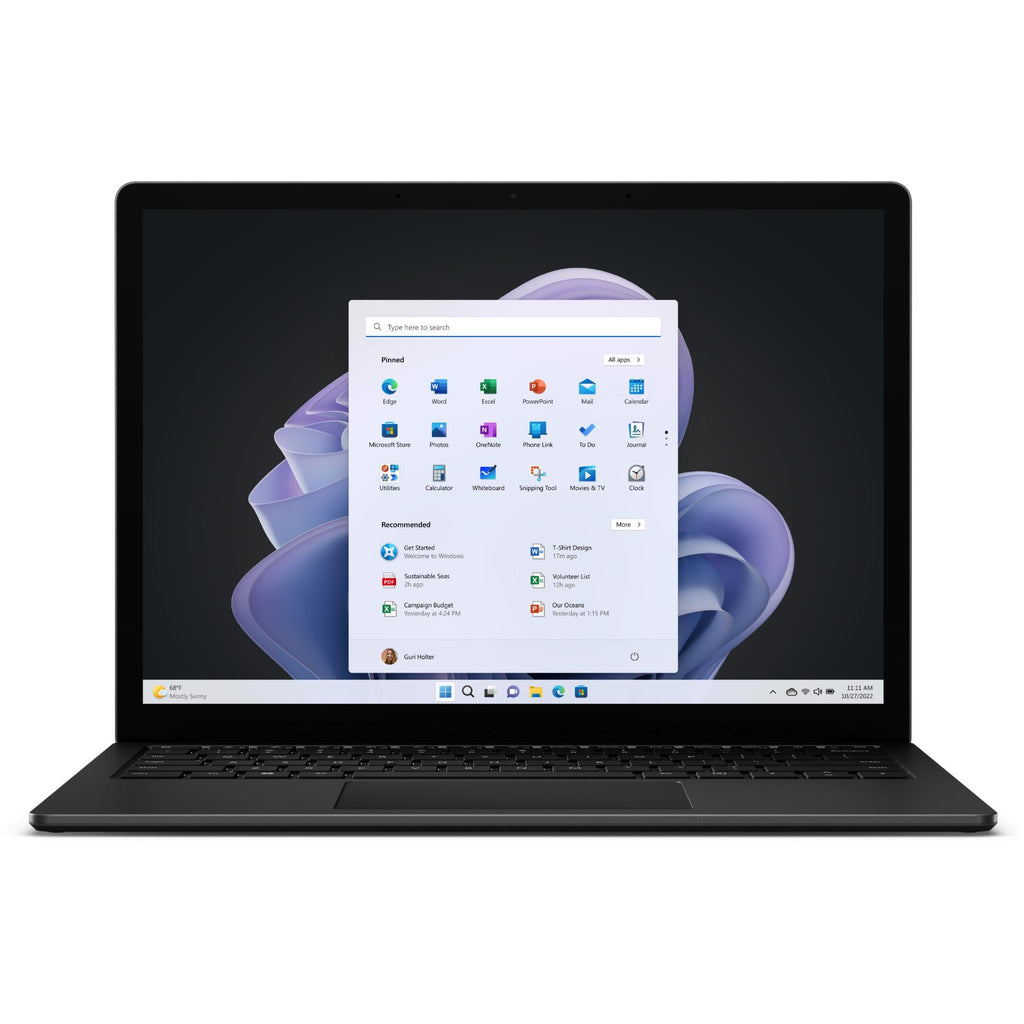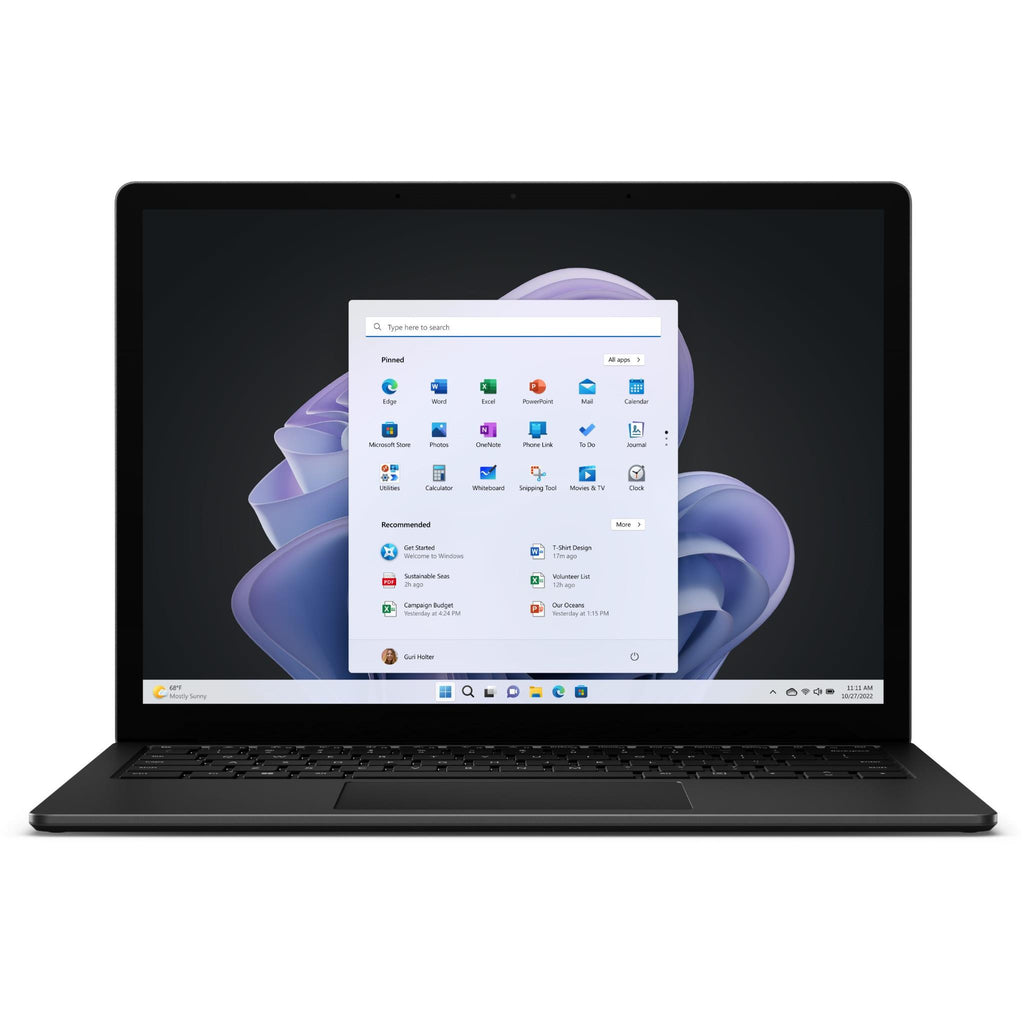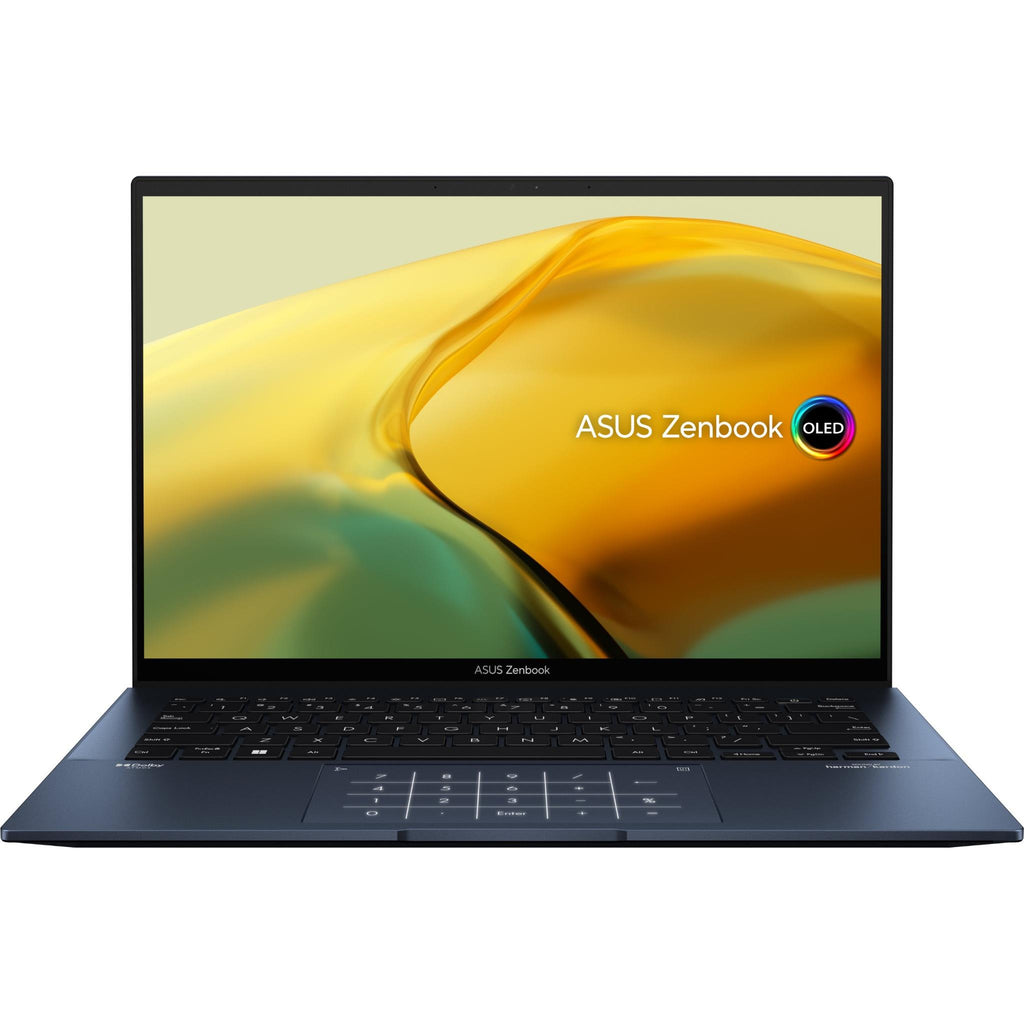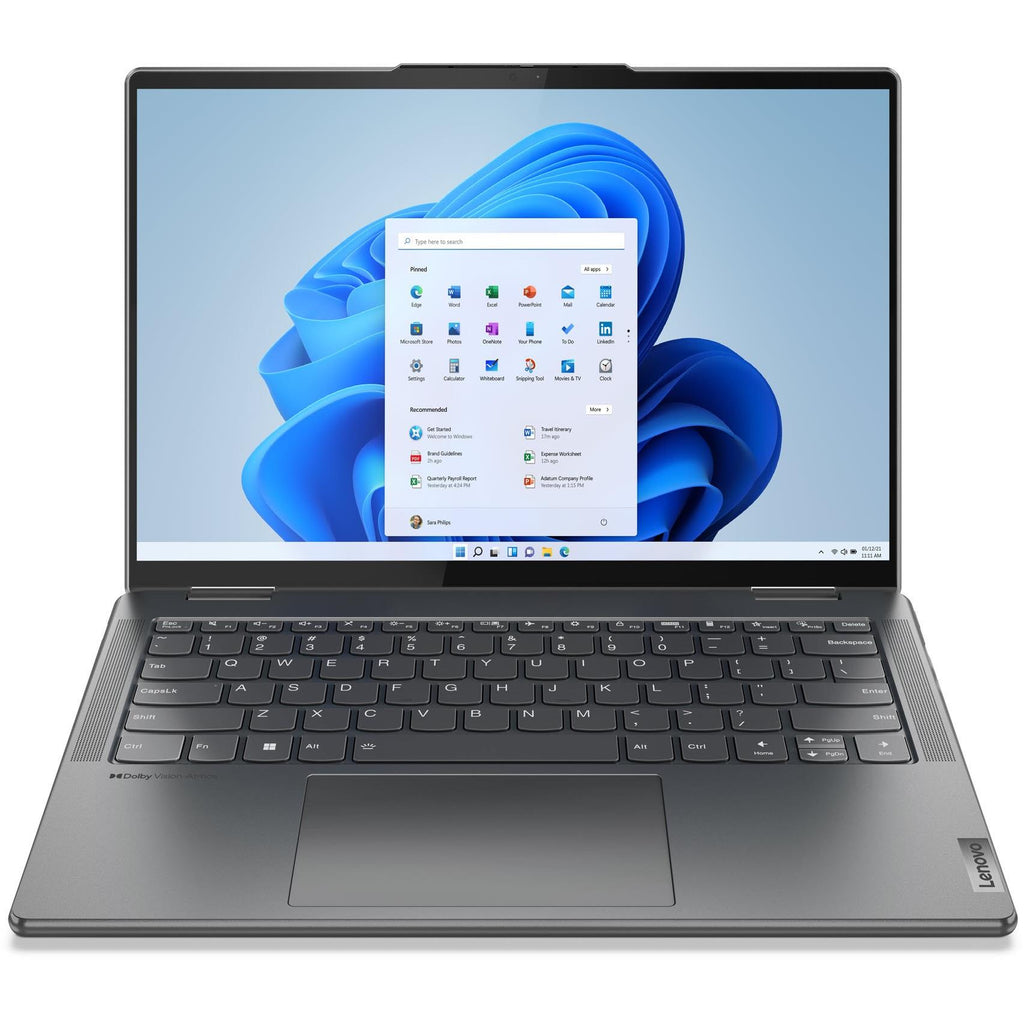Mike Paul said:
Go with a solid state drive when you pick one, super fast boot up a great performance.
Yeah, I can't go back to using an old fashioned platter-based hard disc as a boot drive. I'm not sure if any major notebook manufacturers still offer old fashioned hard discs as an option. It seems like NVMe SSDs are pretty standard now; it's just a matter of which generation of NVMe and the storage capacity. Higher end notebooks will often offer more than one SSD drive bay.
Stikit Solutions said:
Thankyou so much. I’m not tech savvy at all so I’ve been using a Lenovo yoga which has been great it’s touchscreen but i probs need to upgrade now as it’s 5 years old an my darling child stepped on it. I run desktops at the office so this isn’t everyday use just when I need to work from home.
I got 10 solid years of use out of my previous notebook (a
Dell XPS 15) before replacing it in 2021. I spent a little extra on it up front. I did a couple upgrades down the road, like adding more RAM and swapping out the old fashioned hard drive for a solid state drive that could fit the same drive bay.
I recommend splurging on RAM. Too many lower cost notebooks have minimal amounts of RAM, like 4GB or 8GB. That's barely enough for a current operating system's overhead and maybe some light web surfing and home office use. 16GB of RAM will allow more breathing room. 32GB is even better. Generally the more RAM you add up front will mean more years of productive life. Applications tend to hog more and more system resources with each upgrade.
Spending extra on RAM might have to be done at the time of purchase. Quite a few notebook models have the RAM soldered onto the motherboard, leaving no option for future expansion. Customers are stuck with however much RAM came with the system when they bought it. Apple's notebooks are known for this, but so are a lot of
Windows-based models too. This can even vary by model within one company's product line.
Dell has some notebooks with RAM baked onto the motherboard and other models with RAM slots. The
computer companies often aren't clear whether a specific notebook model has baked-on RAM. I watched a lot of product review videos where they actually open the chassis to show what's inside before I bought my Alienware notebook.
A top of the line graphics board isn't necessary for mainstream graphics applications. Still, I'd recommend a decent accelerator with its own dedicated RAM rather than an entry level integrated graphics chip that has to use system RAM. A good CPU does make a difference for vector graphics apps.
The quality of the notebook's display is important
if no other external monitors will be connected to it. New notebooks give customers more options. Bigger notebooks often still include HDMI and/or Display Port connections. A decent new notebook should have at least one or more USB 4 and/or Thunderbolt 4 ports. A "docking station" can be plugged into one of those ports and provide more USB ports, monitor outputs, flash card slots and even Ethernet. Docking station devices can get a little pricey, especially the Thunderbolt-based variety.




